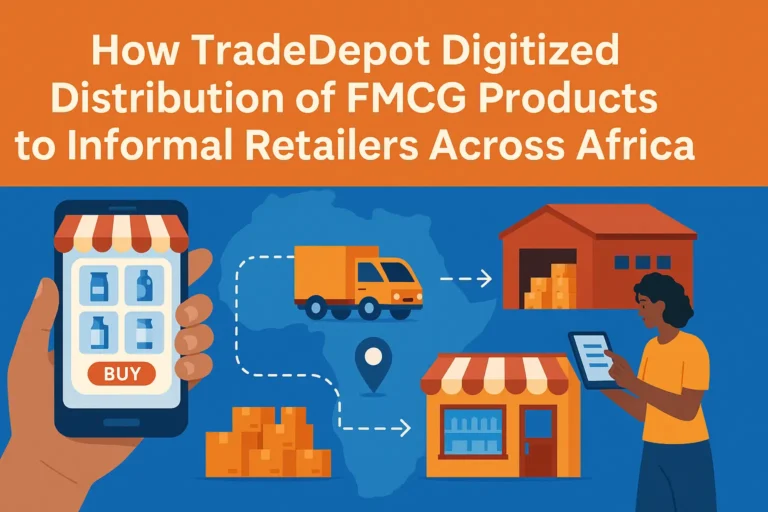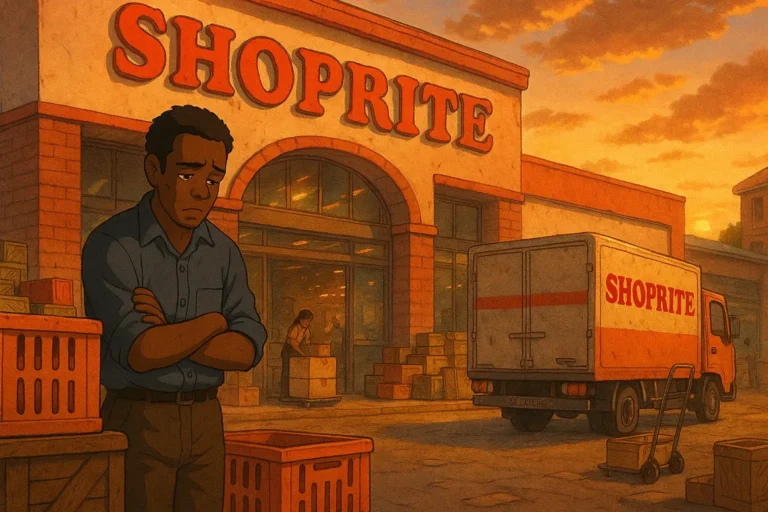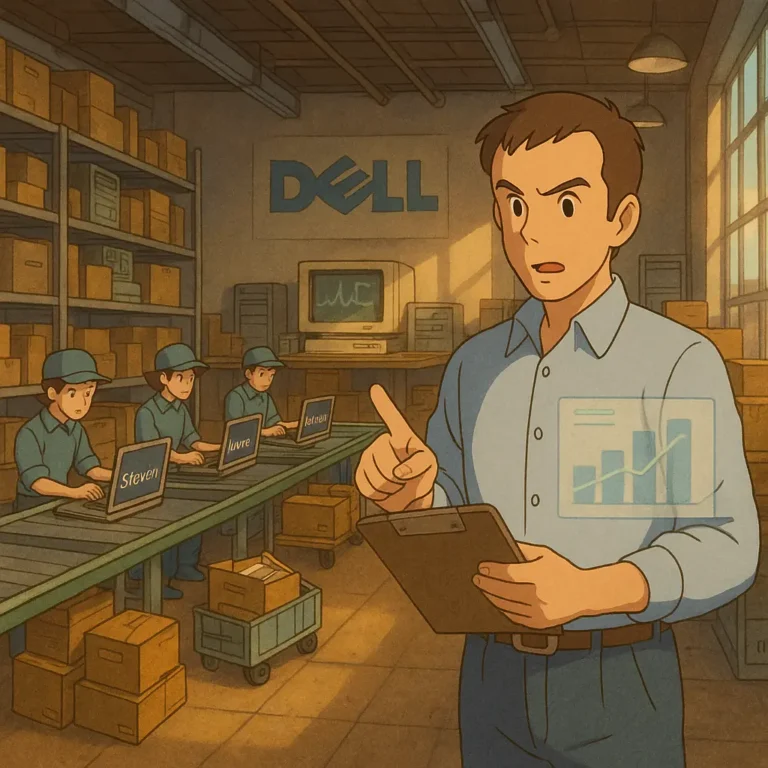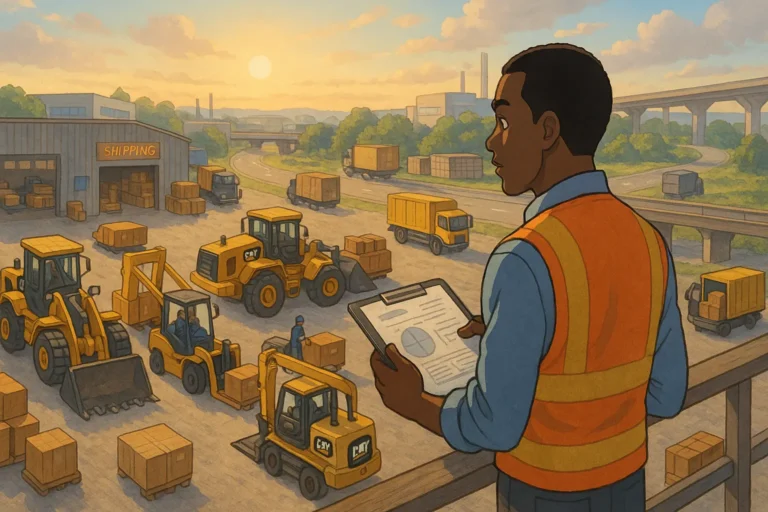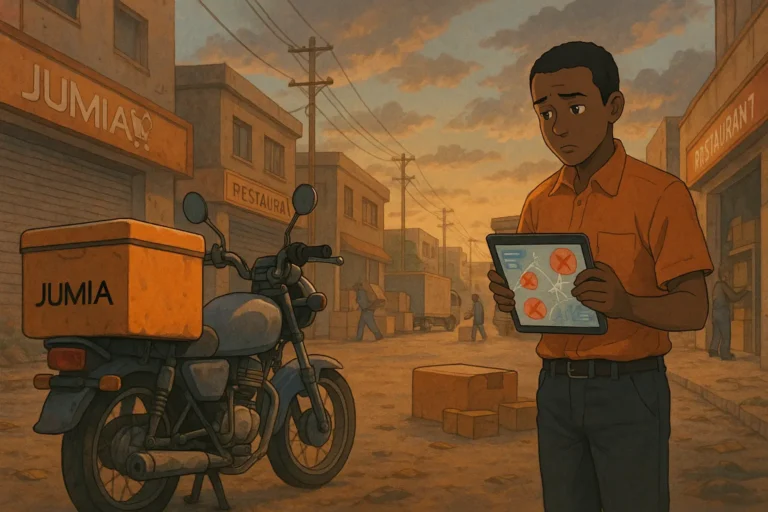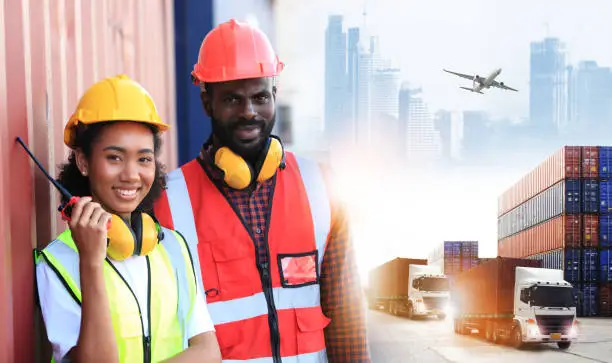
Robust multi-modal transportation in Africa is possible, but it will involve collaboration between the private and public sectors.
Transportation is one of Africa’s more impactful economic pillars, but it is severely limited primarily because of a reluctance to invest in the industry. With a market size of over $500 billion, the African transportation economy has yet to scratch the surface of what it can accomplish. For instance, much of the current transportation system is dependent on roads.
Now, it’s not as if there are zero multi-modal transportation systems across Africa, but many of them are defunct, run-down, or just operating at a bare minimum. Road transportation contributes a whopping 90% of all transportation done on the continent. Couple that with the poor state of roads, and it will feel like the system is hanging on by a thread.
However, investing in robust multi-modal transportation can and will reduce road traffic and enable cheaper options that allow businesses to reach their customers better and faster.
Why does Africa need a multi-modal transportation system?
In a continent of close to 1.5 billion people, traffic is obviously a major concern. Not just for people but for businesses needing to get their products to potential customers. It makes sense to allow for a multi-faceted transportation system to reduce challenges getting from one point to another.
Here are some reasons why we need to focus on this in Africa
1. Reduce transportation cost: With more modes of transportation, people have options and access to cheaper alternatives like rail.
2. Speed: A multi-modal transportation system helps reduce traffic, which in turn improves speed for logistics and delivery companies. Think of a delivery company using drones to deliver food and other times.
3. Innovation: Investing in multi-modal transportation systems will encourage innovation and new businesses. It allows for the emergence of new transportation products and can be a money maker for the government.
4. Job creation: Multi-modal transportation will facilitate job creation across Africa, which in turn will serve as a significant boost to the continent’s economy.
Challenges of implementing multi-modal transportation system across Africa
Although it is a no brainer that multi-modal transportation systems will be great across Africa, there are yet some limitations to implementing them successfully.
What are these challenges?
1. Bad policies
Wrong and nonchalant policies have impacted Africa in more ways than one, and the transportation system is no exception. With the right policies and regulations, more businesses can invest in more modes of transportation. Example railways.
2. Corruption
Many times, there have been budgets for infrastructures that could see some makeover of the transportation system and establish multi-modes of transportation. But corruption usually cuts off this actualization. It’s not just from the government; it also comes from the private sector.
3. Poor infrastructural planning
When poor planning is allowed to persist, it makes it difficult to invest in other modes of transportation across Africa. For instance, roads and railways should have mapped out locations that make them accessible and easy to navigate. When this is not there, it makes any future investment difficult.
4. Lack of awareness
If people do not know about alternate modes of transportation, it will be difficult to get them to buy into it. This is why awareness is very important. Many African nations have working railways and maritime infrastructures, but it is underutilized because of a lack of awareness of the benefits and operations.
How to achieve a multi-modal transportation system across Africa
Despite numerous challenges and limitations, achieving an effective multi-modal transportation system is possible. The following are ways we can achieve this.
1. Increase government spending
Although Africa is littered with poor infrastructure, government spending on infrastructure is equally poor. You would think the opposite would be the case. However, there has been a huge reluctance to improve infrastructure across the board. There are budget limitations, which is often the official reason. However, there is also the case of poor planning and abandoned projects. All of these have not helped develop infrastructure properly.
To change this and improve the multi-modal transportation systems across Africa, governments will need to increase spending on critical infrastructure. This spending should cut across rehabilitating the roads and railways and improving maritime routes and operations.
2. Call for private-public partnerships
Although the government is primarily responsible for fixing up infrastructures, businesses stand to gain just as much from it as the government. Therefore, in a bid to achieve multi-modal transportation on the continent, there has to be a collaboration between both sectors.
Businesses can take up some responsibility or make investments that will ensure the smooth running of these transportation modes. These partnerships can be quite profitable, especially when the public buys into the new systems.
3. Explore technologies
Governments and businesses across the continent can explore technologies like drones, electric vehicles (VTOL), and cars to help improve efficiency and take advantage of the best parts of the available transportation modes. Drones and EVs can help both parties tap into air transportation and increase their reach to the public or potential customers.
4. Increase security
Security is a major concern for many logistics businesses and supply chains across the continent. This is a result of poor policies and inflation that have resulted in young adults taking to the streets to loot and hurt others. Oil bunkering is quite common across the seas of West Africa, where the Navies go head to head with militants and other armed groups, including pirates.
All of these are deterrents to businesses and supply chains across the continent, pushing them to safer areas or modes (usually the roads).
5. Push awareness
It is not enough to build alternate modes of infrastructure; people have to buy into it as well. However, on far too many occasions, businesses, especially SMEs and the general public are far from convinced about its usefulness and potential impact. This results in poor utilization of resources. It doesn’t have to be so, though. Governments across the continent can promote new or rehabilitated infrastructures. This will include focusing on the benefits and how businesses and supply chains can benefit greatly from them.
Conclusion
Multi-modal transportation systems in Africa will be a game changer for the continent. However, achieving it is another issue. To do this, it will take the government and, frankly, larger businesses with huge supply chain operations to ensure it is a success.

Obinabo Tochukwu Tabansi is a supply chain digital writer & ghostwriter helping professionals and business owners across Africa explore various strategies that work and learn from the success and failures of various supply chains across the globe. He also ghostwrites social content for logistics & supply chain businesses



